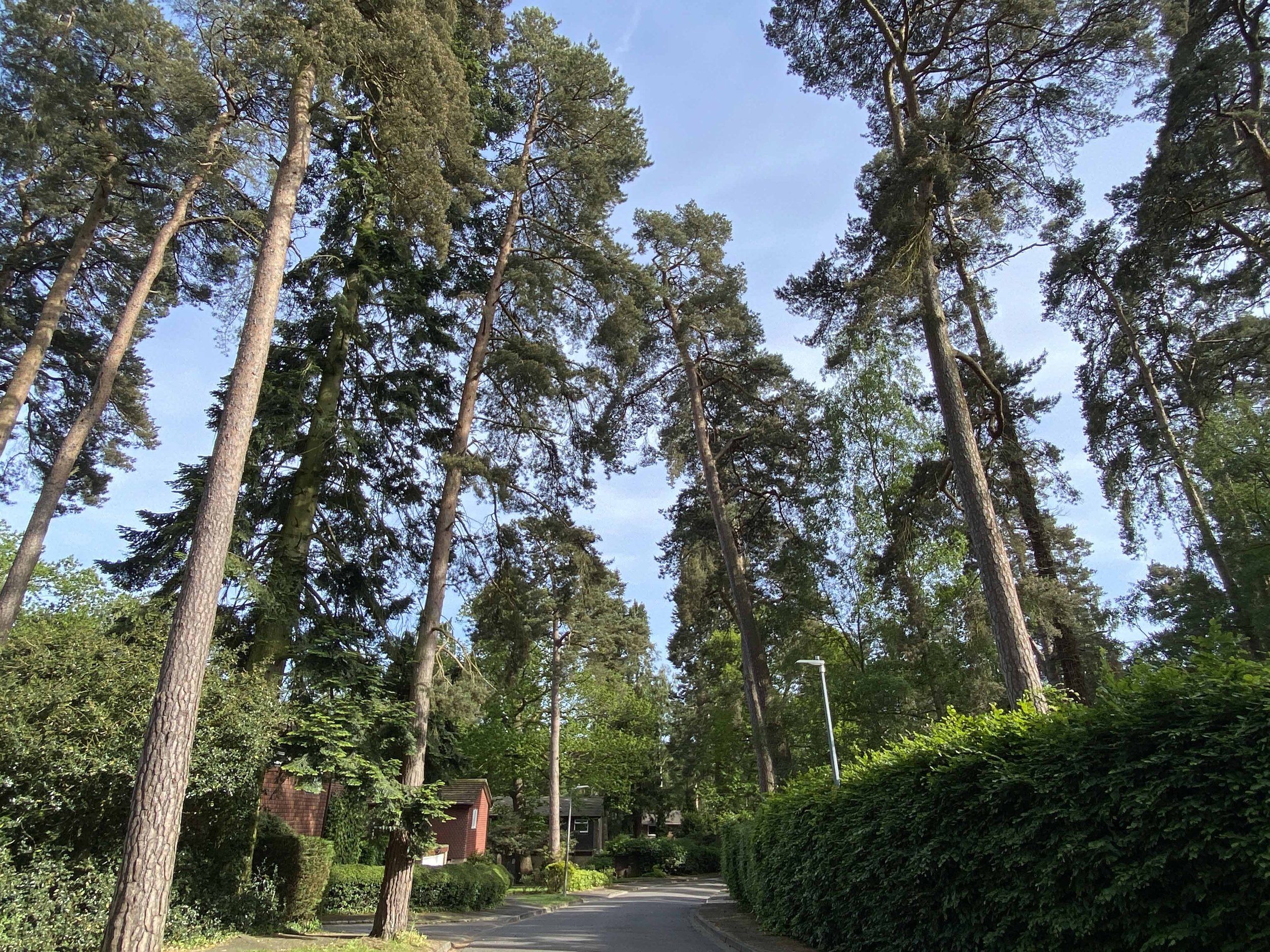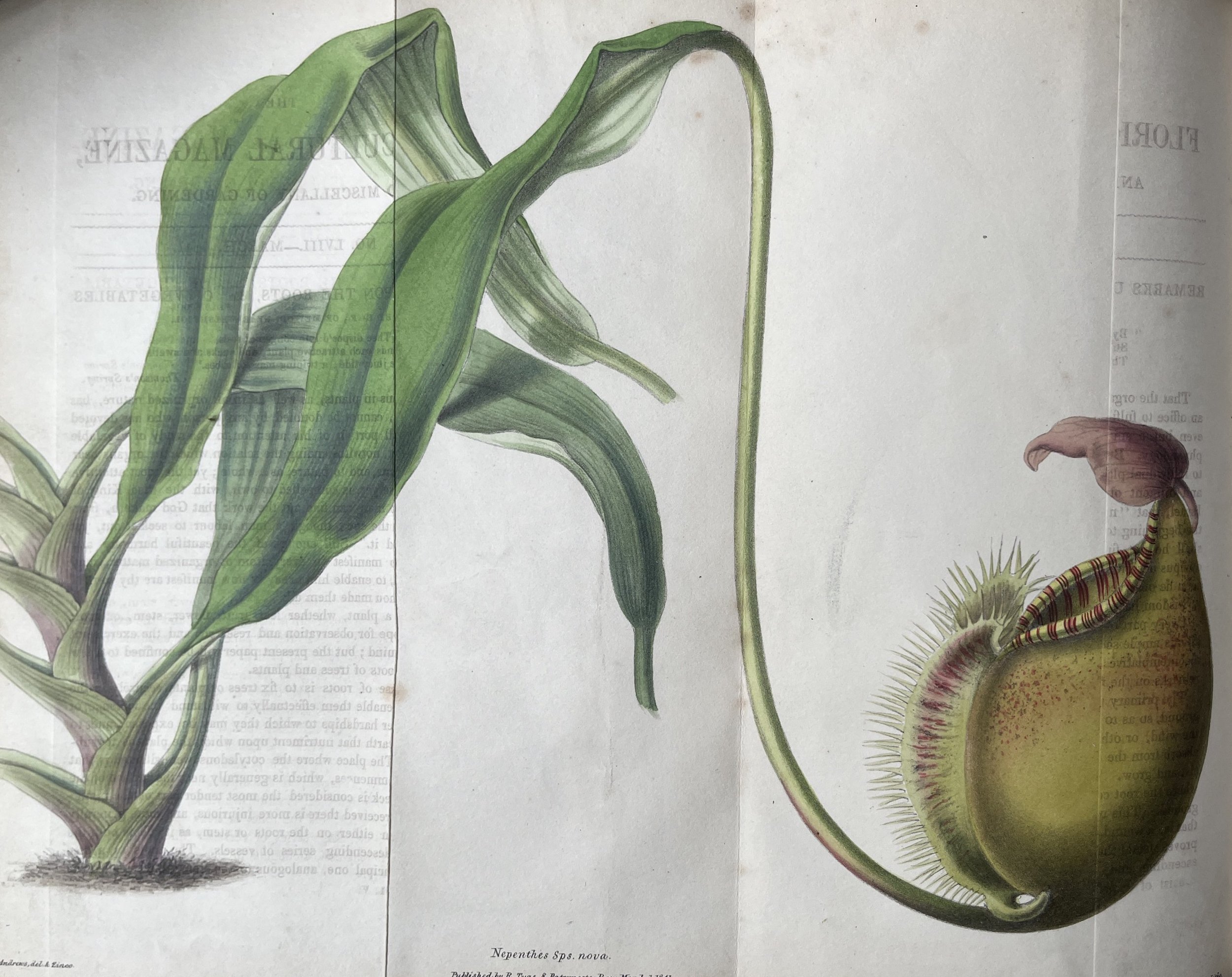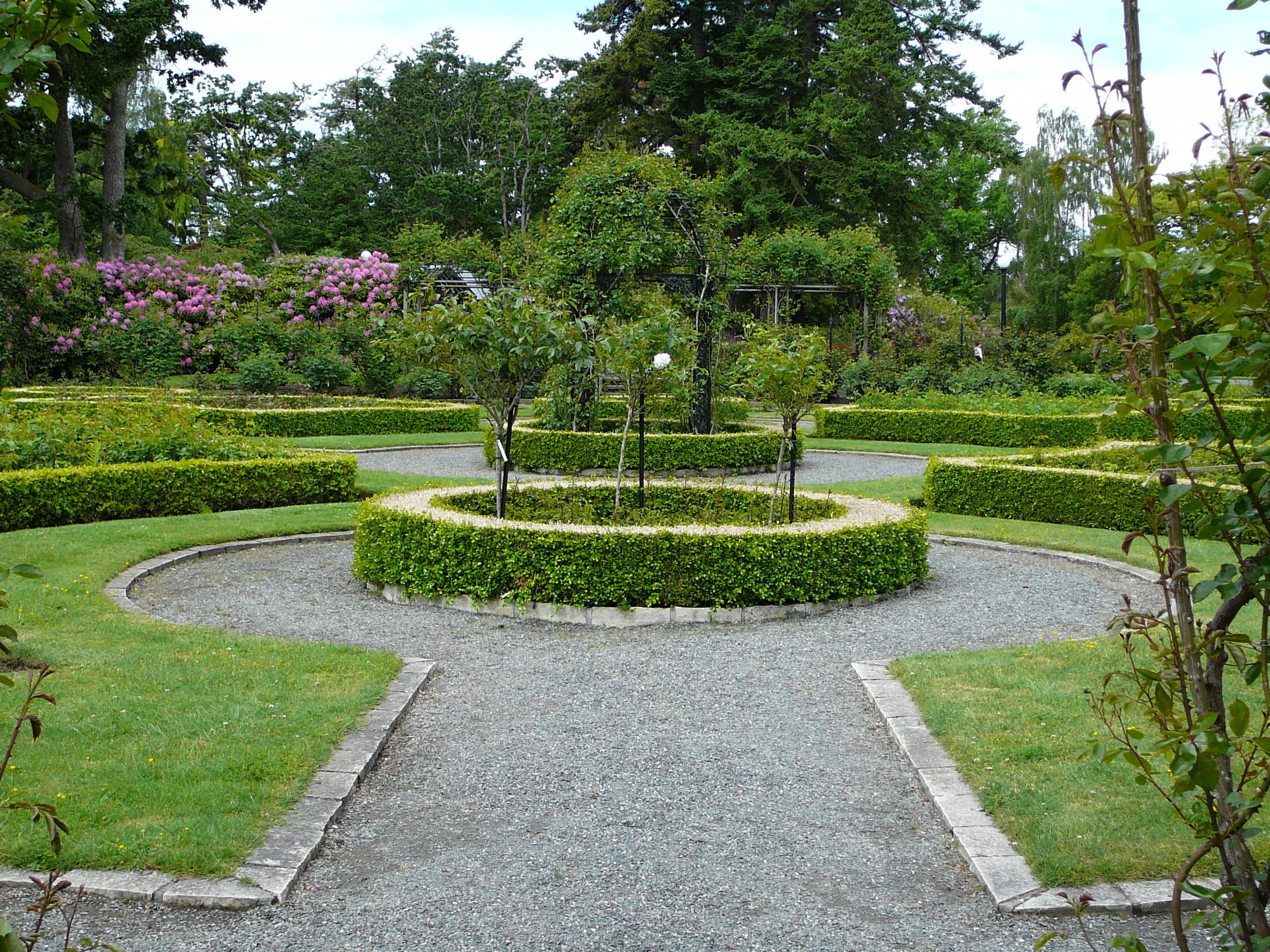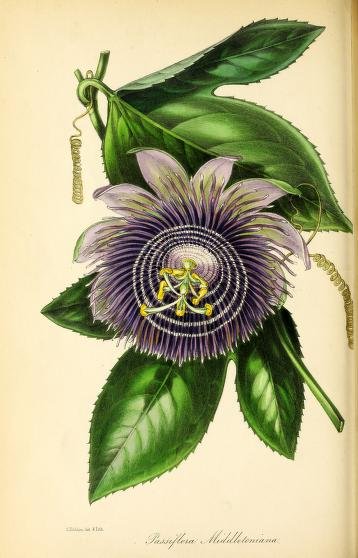Plant Histories 3
The deodar (Cedrus deodara) is today the national tree of Pakistan. The tallest of the cedars, in its native habitats across the Himalayas it can reach 65m (over 200ft) in height. The species name comes from the Sanskrit देवदारु (devadāru), meaning wood of the gods; locally it has been regarded as sacred since ancient times.
Village of Koghera and Deodar Forest, near the Choor (northern India), drawn by Thomas Allom, W. Floyd, engraver, after George Francis White, published 1858. Image from Wikimedia Commons.
It was one of the conifers much loved by Marnock; he chose specimens for John Dollins Bassett’s Plantation in Leighton Buzzard from the mid-1840s and planted them in the following decades for Henry Reed as part of an avenue alternating with Douglas firs at what is now Dunorlan Park in Tunbridge Wells.
Deodar wood is scented, light, close grained and rot resistant; timber used in temples reportedly lasts for hundreds of years. It was seized on by the East India Company as the ideal building material for everything from barracks and public buildings, bridges and canals to the construction of the railways. A handbook written by two senior members of the newly formed Imperial Forestry Service in 1874 noted with alarm that, as a result of this activity during British occupation, fine deodar forests had been destroyed ‘beyond hope’ with ‘forests cut down wholesale’ and much of the timber not even used.
Painting, Deodar trees in the Himalayas, by F. W. A. De Fabeck, watercolour and pencil on paper, Himalaya, 1864. © Victoria and Albert Museum, London (permitted non-commercial online use).
The deodar was introduced to the UK in late Georgian times. Although records are not entirely clear, it probably arrived in 1831 when the Hon. William Leslie Melville, in the employ of the East India Company, sent home seed cones. The resultant saplings grew at his family home at Melville House in Fife; others were established at Dropmore in the Thames Valley and Walcot Park, Shropshire, where examples survived until at least the late 20th century. The plants were much valued for their ornamental potential; small trees were reportedly changing hands for two guineas each in 1838 (around £250 in today’s values). By 1850 the deodar was being described as ‘of exquisitely beautiful outline and graceful spray, giving an air of refinement to every lawn and shrubbery to which it has been admitted.’
Many of these original plants, however, died 40 or 50 years after planting, and foresters turned to other more dependable species such as Douglas fir for timber production. More cold-hardy forms of deodar were introduced in the 1850s. These became one of the most popular ornamental trees planted during Victorian times, being chosen as specimens as well as for screens, avenues and boundary plantings. Outside Marnock gardens, majestic mature specimens can be seen today at Leonardslee in Sussex (planted around 1855), next to the Orangery at Yorkshire’s Duncombe Park and, perhaps more surprisingly, one almost 40m (130ft) tall in the car park of the Royal Oak pub in Betws-y-Coed in North Wales.
New deodars planted along the avenue during the restoration of Dunorlan Park, 2004. Photograph by McKDandy available under a Creative Commons Attribution 2.5 License.
Scores of cultivars are available in the horticultural trade, with coloured or variegated leaves, dwarf, weeping, twisted or fastigiate forms and various levels of cold hardiness. The tree also continues to be found in its native habitat in the forests of northern Pakistan.
‘Cedrus deodara (Roxb.) G. Don’, Trees and Shrubs Online.
‘The Deodar’, Annuals of Horticulture: Practical Gardening, 1850, pp. 465-68.
J.L. Stewart and D. Brandis, The forest flora of north-west and central India, 1874, p 516-525.
A version of this article first appeared online for The Gardens Trust during South Asia History Month.











